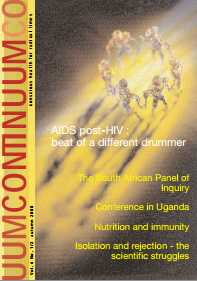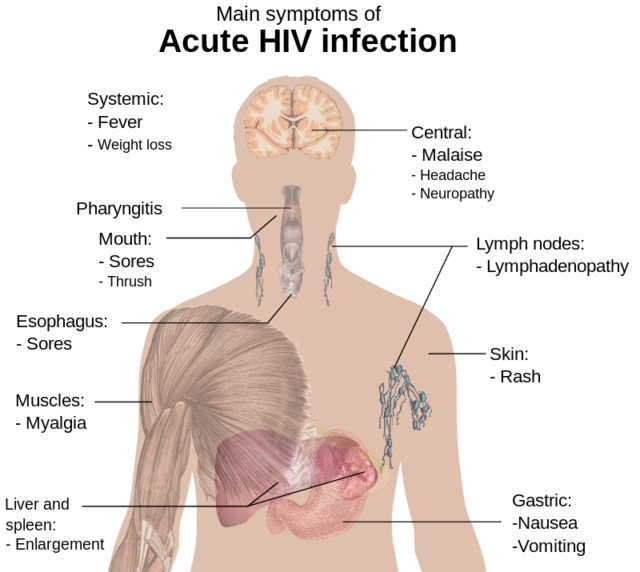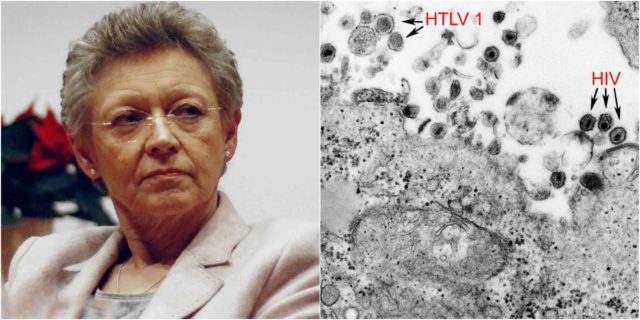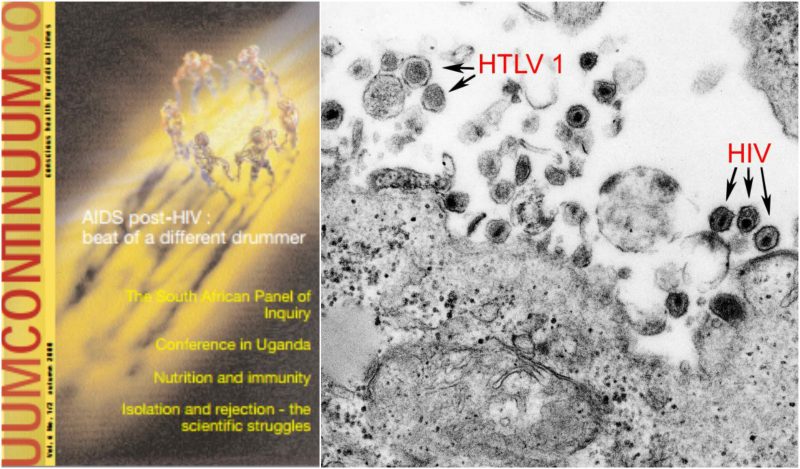Coincidences occur all the time, and with so many things happening in the world every day, it is a natural mathematical fact that, through pure chance, there will be coincidences.
Sometimes, though, things seem like just too much of a coincidence. It is bizarre and unbelievable, and even ridiculous. Like this story about the Continuum magazine, whose editors were convinced that there was no such thing as AIDS – until they died of it.

Continuum was a magazine that favored pseudoscientific content. It addressed issues related to HIV/AIDS, AIDS denialism, alternative medicine, and themes of interest to the LGBT community. It ran from December 1992 until February 2001.
Continuum promoted the idea that AIDS was a conspiracy and was not related to HIV. Wells believed that the fear of AIDS was based on homophobia, not science.

Continuum claimed to be a scientific journal for those who had alternative theories about HIV/AIDS, even though it had no peer review and promoted and advertised alternative therapies such as urine therapy. AIDS denialists often cite the articles published in this journal as a source of scientific information.

In the January/February 1996 edition, the magazine began offering £1,000 to the first person who could find a scientific study that showed the isolation of HIV. This was despite the fact that it had been already isolated in 1983 by Luc Montagnier and Françoise Barré-Sinoussi (for which they obtained a Nobel Prize), and then was confirmed by Robert Gallo in 1984, demonstrating that a retrovirus they had isolated, called HTLV-III in the belief that the virus was related to the leukemia viruses of Gallo’s earlier work, was the cause of AIDS. Peter Duesberg tried to claim the prize and wrote an article for the magazine in its July/August 1996 issue, but the award was rejected because it had to meet certain conditions.

The magazine ceased to exist when it’s editors, and even some of the contributors died of AIDS. The founder and chief editor, Jody Wells, died on August 26, 1995, at 48 by Pneumocystis pneumonia, an AIDS-defining clinical condition. Huw Christie Williams was the chief editor after the death of Jody Wells until shortly before his death on August 17, 2001, at 41 by Kaposi’s sarcoma, an AIDS-defining clinical condition. Michael Baumgartner was the acting editor of the last edition of the magazine. He served as editor only this time at the request of Huw Christie Williams before his death, for a final publication before the final closing of the magazine. Tony Tompsett had written for the magazine since 1993. He died in 1998, at age 39 from Kaposi’s sarcoma, toxoplasmosis, and possibly Pneumocystis pneumonia, AIDS-defining clinical conditions
The Immunity Resource Foundation hosts the complete library of Continuum magazine among an internet database of 120,000 similar documents as of June 2013.
